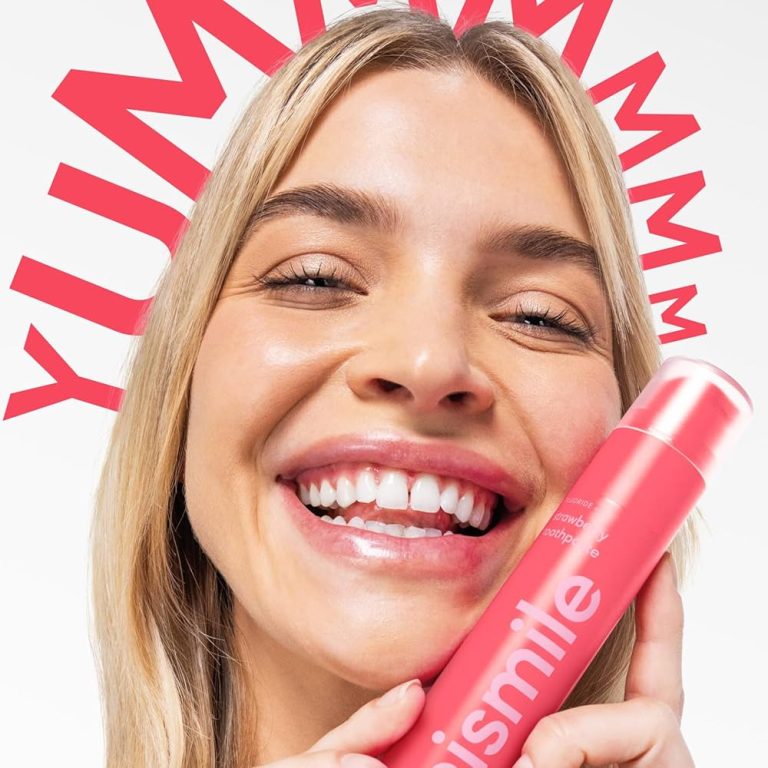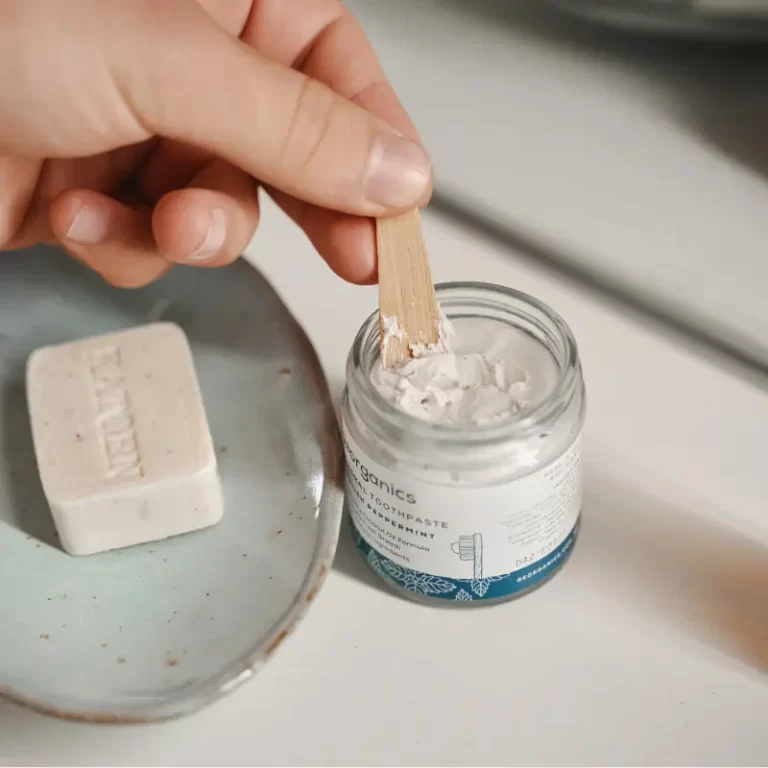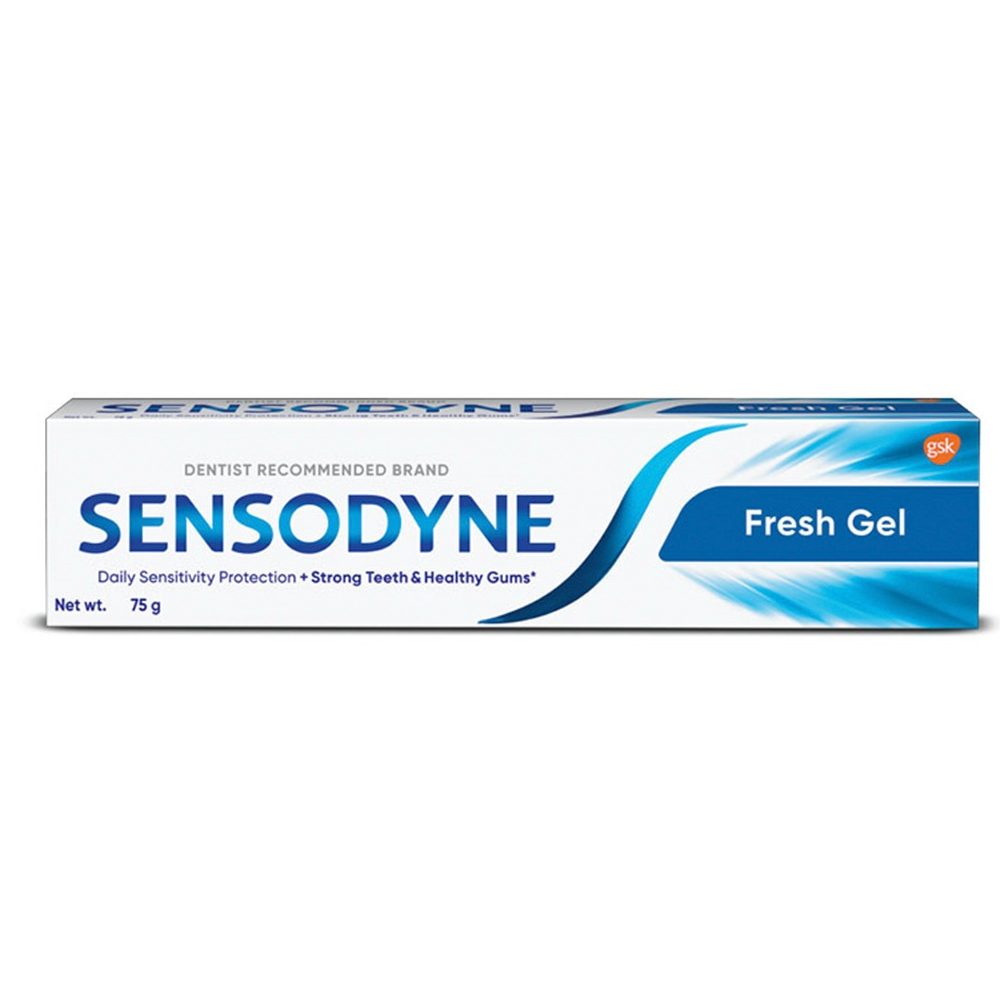
Why Human Toothpaste is Dangerous for Dogs
The Risks of Using Human Toothpaste for Dogs
Choosing the right toothpaste for your dog is crucial for their health. Many dog owners ask, ‘can I use human toothpaste on my dog?’ The answer is no. Here’s why using human toothpaste is risky for dogs.
Toxic Ingredients in Human Toothpaste
Human toothpaste contains ingredients that are harmful to dogs. For instance, xylitol, a sweetener in many toothpastes, is toxic to dogs. It can cause a rapid drop in blood sugar, leading to hypoglycemia. Another common ingredient, sodium lauryl sulfate, creates foam. This can upset your dog’s stomach and irritate its mouth. Fluoride, in large amounts, can be toxic, causing serious health issues such as weakness or seizures.
Why Dogs Can’t Spit Out Toothpaste
Dogs can’t spit like we do. Anything in their toothpaste, they swallow. This means they ingest all the harmful ingredients. Allowing them to ingest these substances can compromise their health. Thus, it’s important to use a dog-specific toothpaste to keep them safe.
The Potential for Dental and Systemic Health Issues
Using human toothpaste can cause more than just mouth trouble. The toxic ingredients can lead to dental issues like tooth decay and systemic health problems. These problems can affect the liver, kidneys, and brain. Safe dog toothpaste is crucial to avoid these potential risks.
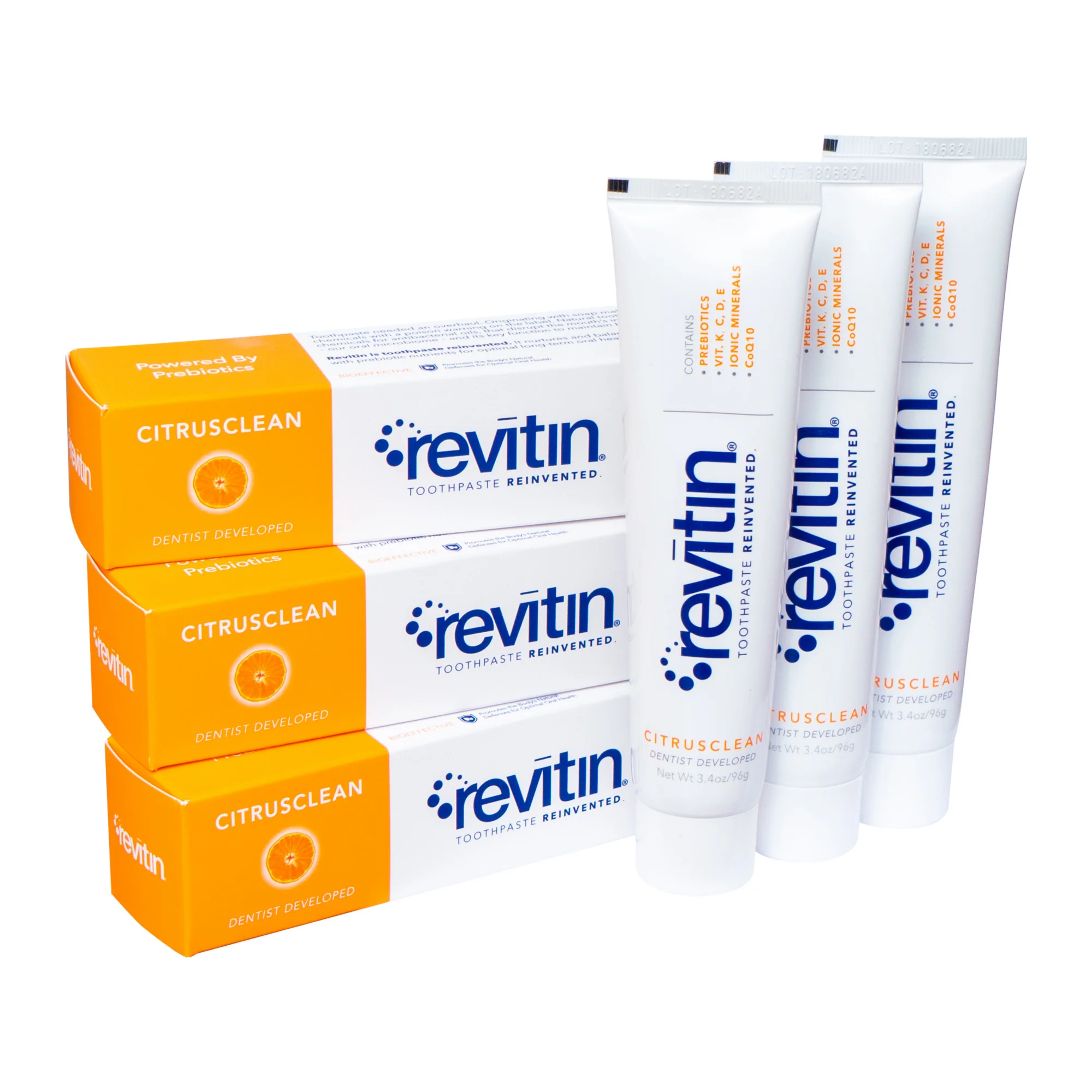
Safe Alternatives to Human Toothpaste
It is clear that human toothpaste poses risks to dogs. Can I use human toothpaste on my dog ?So, what safe alternatives can pet owners use instead? When choosing a dog toothpaste, there are several key factors to consider.
What to Look for in Dog Toothpaste
When shopping for a dog toothpaste, keep an eye out for these important features:
- Non-toxic Ingredients: Look for a product that is free of xylitol, fluoride, and sodium lauryl sulfate.
- Enzymatic Formula: Enzymes in the toothpaste can help break down plaque and tartar.
- Appealing Flavor: Dog toothpastes come in flavors appealing to dogs, like poultry or peanut butter.
- Ease of Use: A good toothpaste will be easy to apply to your dog’s teeth.
- Veterinarian Approval: Always choose products that have a vet’s approval or recommendation.
Recommended Dog-Safe Toothpaste Brands
Here are some brands that are known for their dog-safe toothpaste options:
- Oxyfresh Pet Dental Gel Toothpaste: This product is veterinarian-recommended and free of artificial flavors and scents.
- Virbac C.E.T. Enzymatic Toothpaste: Offers a range of flavors and an enzymatic formula to promote dental health.
- Petrodex Enzymatic Toothpaste for Dogs: This brand is another popular option, known for its palatable flavors and effective plaque control.
Always make an informed decision when choosing toothpaste for your dog. It will help ensure your pet’s dental health and overall well-being.
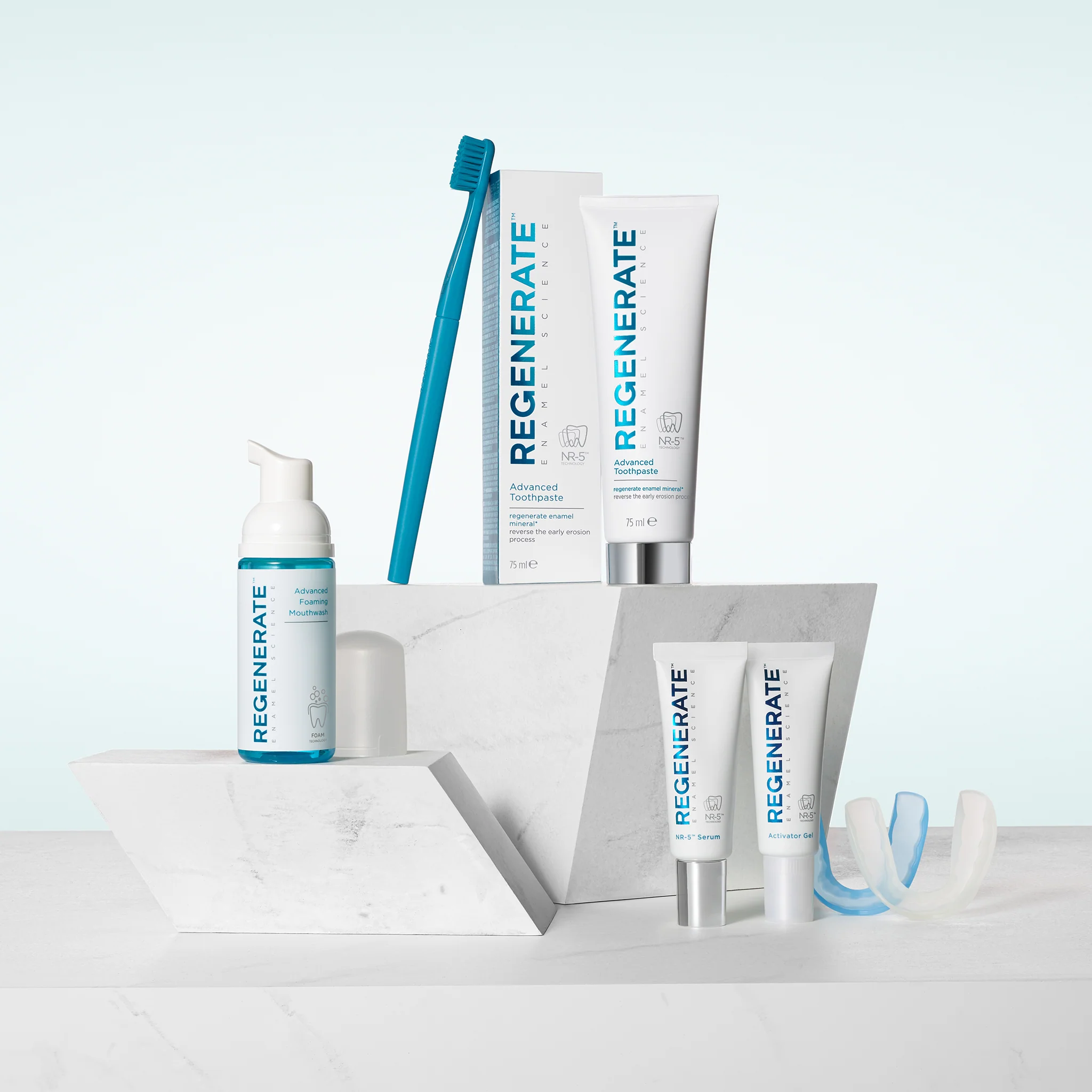
The Benefits of Regular Dog Teeth Brushing
Brushing your dog’s teeth regularly brings multiple benefits. It keeps their mouth healthy and can actually boost their overall wellness. Here’s how regular dental care can make a difference for your furry friend.
Preventing Periodontal Disease
Periodontal disease is a common issue in dogs that can lead to tooth loss and pain. By brushing your dog’s teeth, you prevent plaque and tartar buildup. This reduces the risk of periodontal disease. A clean mouth means less harmful bacteria and a lower chance of infection.
Extending Your Dog’s Life Through Dental Care
Good dental hygiene for dogs does more than freshen breath. It can add years to their life. How? By preventing dental diseases that can spread and affect internal organs. Regular brushing means your dog could enjoy a longer, healthier life. Make sure to use dog-safe toothpaste and start a dental care routine early. It’s a simple step that can have huge rewards for your dog’s health and longevity.
How to Properly Brush Your Dog’s Teeth
Maintaining your dog’s dental health begins with the proper technique in teeth brushing. Here’s a simple guide to ensure you do it right.
Step-by-Step Guide to Brushing Dog Teeth
Begin by getting a dog-approved toothbrush and toothpaste. Never use a human toothpaste, as it can harm your dog. Here are easy steps to follow:
- Start with short sessions to get your dog used to brushing.
- Lift your dog’s lips to brush the outer surfaces of their teeth.
- Use gentle, circular motions to clean each tooth and the gum line.
- Aim to brush the front and back teeth, reaching all the areas.
- Finish with praise and a treat to associate brushing with a positive experience.
Always be patient and make the sessions enjoyable for your dog.
Establishing a Routine for Dental Hygiene
A regular routine is key to your dog’s dental care. Here’s how to establish one:
- Choose a consistent time of day for teeth brushing.
- Brush your dog’s teeth several times a week, ideally daily.
- Pair the brushing with another predictable event, like after a walk.
- Keep the toothbrush and toothpaste in a convenient spot.
- Record the brushing sessions to track your routine.
By following a set routine, you’ll help ensure your dog’s dental health is the best it can be.
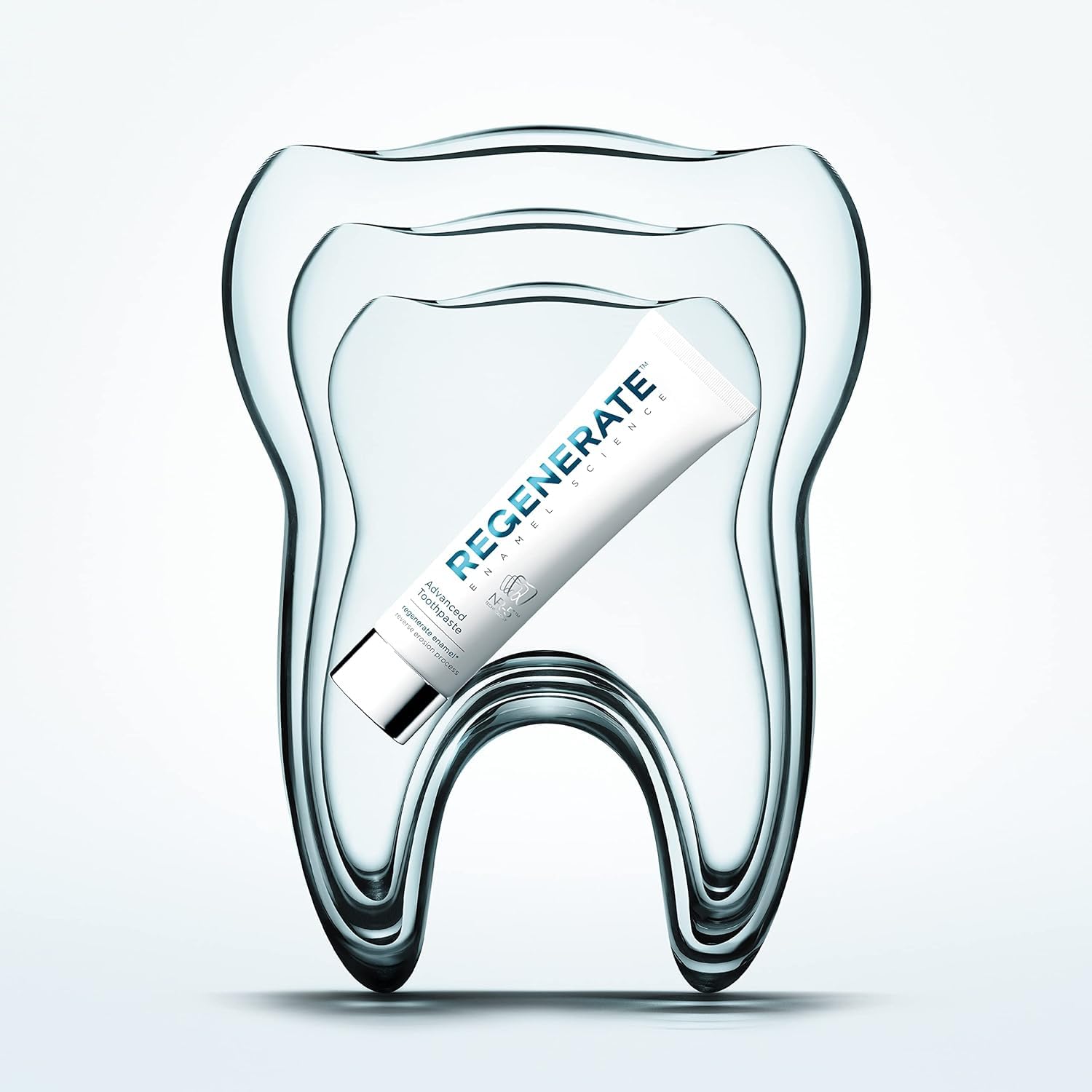
Understanding Periodontal Disease in Dogs
Understanding periodontal disease in dogs is key to their oral and overall health. This gum disease is more than just bad breath; it can lead to serious health issues.
Symptoms and Risks of Gum Disease
Symptoms of periodontal disease include bad breath, difficulty eating, and swollen gums. Dogs may lose teeth and have bleeding gums. This condition can also harm their heart, liver, and kidneys. It’s vital to spot these signs early, so immediate care can begin.
How Professional Cleanings Can Help
Professional cleanings by a vet are crucial. They remove plaque and tartar buildup that can’t be reached by brushing alone. These cleanings prevent further oral diseases and help maintain your dog’s dental health. Make sure to schedule regular vet appointments for dental check-ups.
Common Myths About Dog Dental Care
When caring for our furry friends’ teeth, misconceptions can lead to poor choices. Here we’ll debunk some common myths about dog dental care.
Debunking Misconceptions About Dog Toothpaste and Dental Health
Myth: Dogs can use any toothpaste, including human options. This is not true. As explained earlier, human toothpaste contains ingredients like xylitol and fluoride. These can harm dogs. Always go for toothpaste made for dogs.
Myth: Brushing a dog’s teeth isn’t that important. This is wrong. Regular dental care prevents diseases and extends your dog’s life. Neglecting it could lead to serious health issues.
Myth: A dog’s bad breath is normal and not a concern. False. Bad breath can be a sign of gum disease. It’s something we should check. Don’t ignore it.
Myth: Dogs don’t need dental care because they chew bones. Chewing can help but it’s not enough. Dogs need brushing and professional cleanings too.
Myth: Dental health doesn’t affect a dog’s overall well-being. This is incorrect. Poor dental health can affect the heart, liver, and kidneys.
Myth: If a dog eats dry food, it doesn’t need its teeth brushed. Dry food can help clean teeth somewhat. But it doesn’t replace brushing. Brushing removes plaque and tartar in ways dry food cannot.
Debunking these myths can lead to better health for your dog. Remember the need for dog-specific toothpaste and regular dental care.
Additional Dental Care Tips
In addition to brushing with safe toothpaste, there’s more you can do for your dog’s dental health.
Dental Chews and Diets for Oral Health
Dental chews can be a great addition to your dog’s oral care routine. They help reduce plaque and tartar build-up. Look for chews that are vet-approved and designed to clean teeth. Some diets are formulated to promote oral health in dogs. Foods with certain textures or ingredients can reduce dental issues. Always pair these with regular brushing.
Regular Veterinary Dental Check-Ups
Routine dental check-ups by a vet are essential. They catch and treat dental problems early. Your vet can give a thorough cleaning to remove stubborn plaque and tartar. They can also guide you on the best dental care practices. Plan to visit the vet for a dental check-up at least once a year, or as advised.
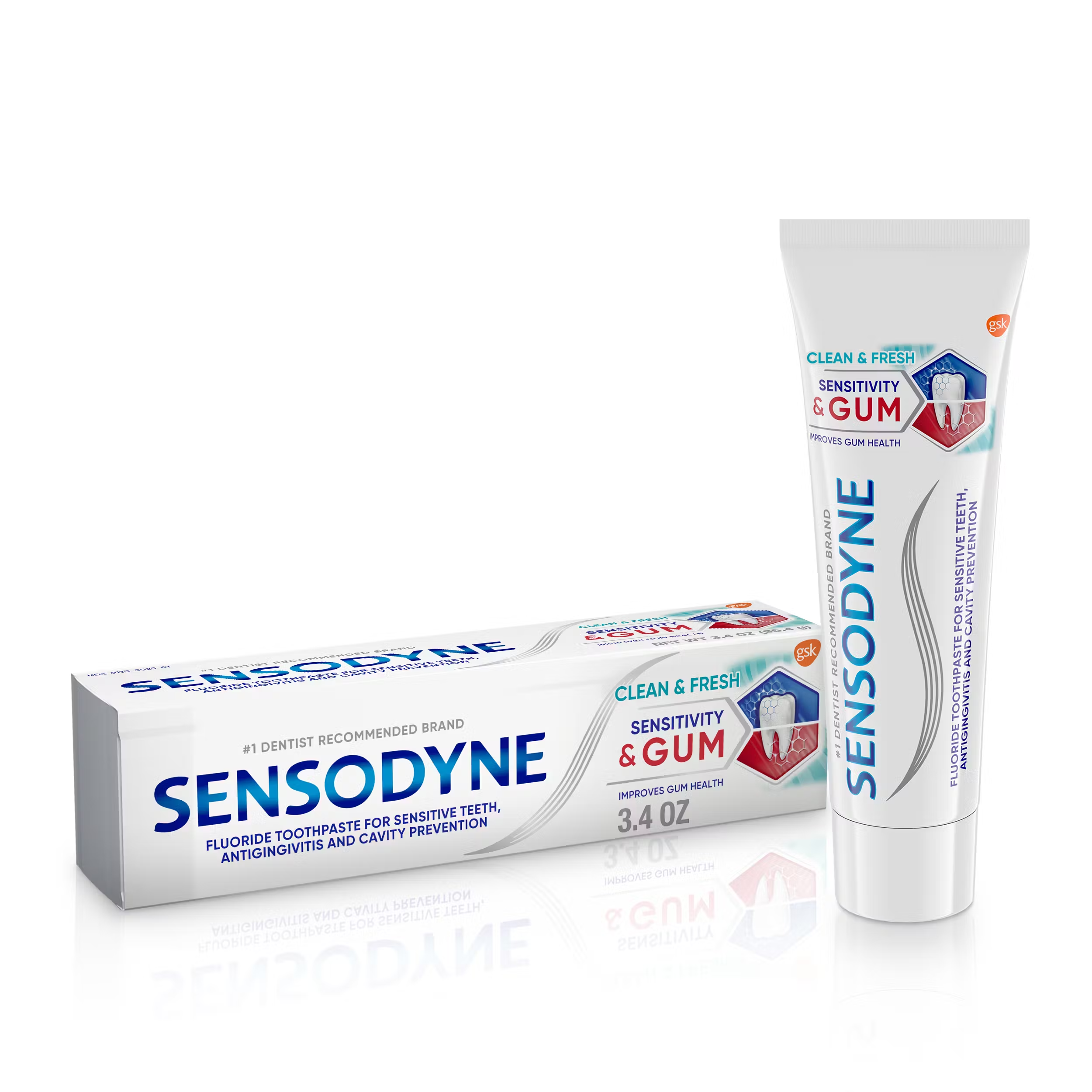
Conclusion
In conclusion, while it may be tempting to use human toothpaste for your dog due to its convenience, it’s crucial to understand the risks involved. Can I use human toothpaste on my dogHuman toothpaste often contains ingredients like fluoride and artificial sweeteners, such as xylitol, which are harmful to dogs. As we’ve discussed, xylitol can lead to severe health issues, including hypoglycemia and liver failure. Moreover, the foaming agents and other chemicals in human toothpaste are not suitable for your dog’s digestive system.
Instead, opting for a toothpaste specifically designed for canine use is a wise decision. These products are not only safe but are formulated to help maintain your dog’s oral hygiene effectively. They typically include flavors that appeal to pups, making the brushing experience enjoyable for them. Transitioning to pet-friendly toothpaste will not only keep your furry friend safe but also promote a routine that benefits their overall health.
Additionally, establishing a regular dental care routine is essential. Brushing your dog’s teeth at least a few times a week can prevent tartar buildup and dental diseases. If your dog is resistant to tooth brushing, consider alternative options such as dental wipes or chews that promote dental health.
Ultimately, prioritizing your dog’s health and well-being is non-negotiable. By avoiding human toothpaste and choosing specialized products, you ensure that your pup stays happy and healthy. So remember, when it comes to canine dental care, always choose products designed for pets. Your dog will thank you with wagging tails and bright smiles!
